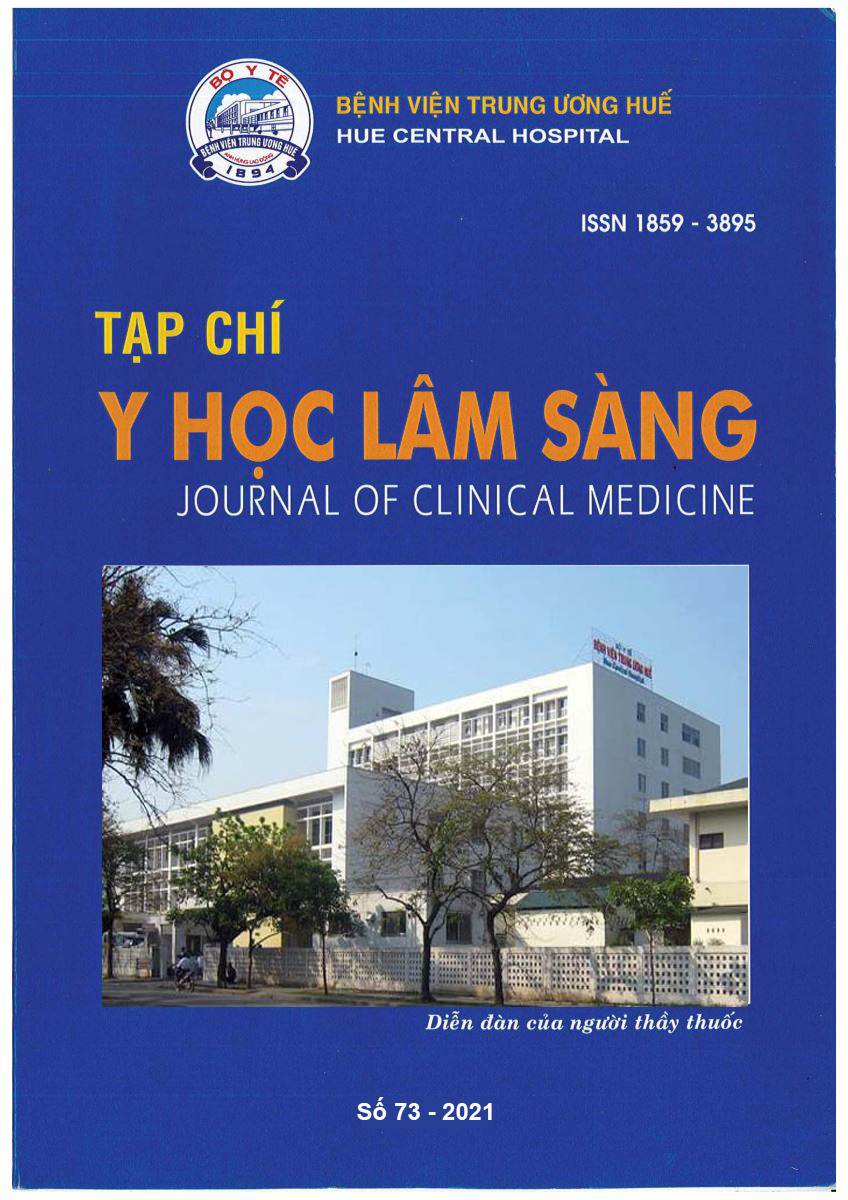Abstract
Objective: In the past, treatment of intertrochanteric fractures was mainly to open reduction and internal fixation with DHS, locking plate … require extensive exposure, open fractures, will lead to blood loss, pain, and limited mobility postoperatively and lead to complications.In cases of unstable fractures with large external wall injuries treatment with DHS, locking plate often lead to secondary displacement and failure of treatment. With the introduction of intramedullary nails Gamma, PFNA, Reconstruction, and the latest generation of nails InterTAN, with minimally invasive surgical technique, without opening the fracture, shorter surgery time and blood loss, mechanically more stable, helping patients to move and weight bearing early after surgery and prevent complications due to prolonged lying down. This report aims to evaluate the results of treatmentintertrochanteric fractures with closed reduction technique on the orthopedic table and internal fixation with the proximal femoral nail.
Material and method: We perform closed reduction on the orthopedic table using C Arm. And using surgical techniques applied according to AO on 58 cases of intertrochanteric fracture. Record the length of incision, surgery time, estimated blood loss, VAS pain score, hospital stay, complications, treatment results, hip function according to Harris scale. at 3 months, 6 months and 12 months.
Results: The mean age was 78.86 ± 11.67 (38 - 97), female accounted for 72.4%. Means of nailing PFNA 41 cases, Gamma nails 5 cases, Reconstruction nails 12 cases. Average operative time 70.34 ± 20.5 minutes (45 - 135), incision size 6.70 ± 1.09 cm (5 - 10), estimated average blood loss 257.1 ± 163, 04 mL. The mean preoperative and postoperative VAS pain scores were 7.26 and 2.79, respectively. Average length of hospital stay was 13.37 ± 4.38 (5 - 24). Intraoperative complications recorded 1 case of femoral shaft fracture and 1 case of failure of closed manipulation. X-ray of bone healing was recorded in all patients at follow - up examination, 4 cases with fracture deformity. Harris score at 3,6,12 months is 76.42 ± 13.01, 85.96 ± 6.36, 90.25 ± 2.63, respectively.
Conclusions: Treatment with a proximal femoral nail (PFN) showed that minimally invasive surgical technique, reduced blood loss, small incision size, allows early full weight bearing and postoperative recovery
References
Phúc NĐ, Chấn thương chình hình. 2013, Hà Nội: NXB Y Học.
Quyền NQ. Bài giảng Giải Phẫu Học 2013. 1: 127-131.
Trí PQ, Phác đồ điều trị của Bệnh viện chấn thương chỉnh hình. 2018, Hồ Chí Minh: NXB Giáo Dục.
Camarasa MA, Olle G, Serra-Prat M, Martin A, Sanchez M, Ricos P, et al. Efficacy of aminocaproic, tranexamic acids in the control
of bleeding during total knee replacement: a randomized clinical trial. Br J Anaesth. 2006. 96: 576-82.
Gross JB (1983), “Estimating allowable blood loss: corrected for dilution”, Anesthesiology. 58(3), tr. 277-280.
Horwitz DS, Tawari A, Suk M. Nail Length in the Management of Intertrochanteric Fracture of the Femur. J Am Acad Orthop Surg. 2016. 24:
e50-8.
Jia X, Zhang K, Qiang M, Chen Y. The accuracy of intra-operative fluoroscopy in evaluating the reduction quality of intertrochanteric hip
fractures. Int Orthop. 2020. 44: 1201-1208.
Kulkarni G , Babhulkar S, Textbook of Orthopedics and Trauma. 3 ed, ed. 3. Vol. 4. 2016. 1555-1581.
Li J, Cheng L, Jing J. The Asia proximal femoral nail antirotation versus the standard proximal femoral antirotation nail for unstable intertrochanteric fractures in elderly Chinese patients. Orthop Traumatol Surg Res. 2015. 101: 143-6.
Mears S. Fixing Hip Fractures. 2018; Available from: https://www.hopkinsmedicine.org/gec/ series/fixing_hip_fractures.
Riley KJ , Katz D, Assessment of Intraoperative Blood Loss, in Modern Monitoring in Anesthesiology and Perioperative Care. 2020. p.
-147.
Riyaz N. N. NS. A prospective study to evaluate the outcome of operative treatment of patients with intertrochanteric fracture of femur with cephalomedullary nail and dynamic hip screw device. Edorium 2015. 1.
Schuetze K, Ehinger S, Eickhoff A, Dehner C, Gebhard F, Richter PH. Cement augmentation of the proximal femur nail antirotation: is it
safe? Arch Orthop Trauma Surg. 2021. 141: 803-811.
Yoon YC, Oh CW, Sim JA, Oh JK. Intraoperative assessment of reduction quality during nail fixation of intertrochanteric fractures. Injury.
51: 400-406.
| Published | 09-01-2025 | |
| Fulltext |
|
|
| Language |
|
|
| Issue | No. 73 (2021) | |
| Section | Original article | |
| DOI | 10.38103/jcmhch.2021.73.10 | |
| Keywords | Từ khoá: Đinh nội tủy, gãy xương, xương đùi. Keywords: Proximal femoral nail, intertrochanteric femur fracture. |

This work is licensed under a Creative Commons Attribution-NonCommercial-NoDerivatives 4.0 International License.
Copyright (c) 2021 Journal of Clinical Medicine Hue Central Hospital

